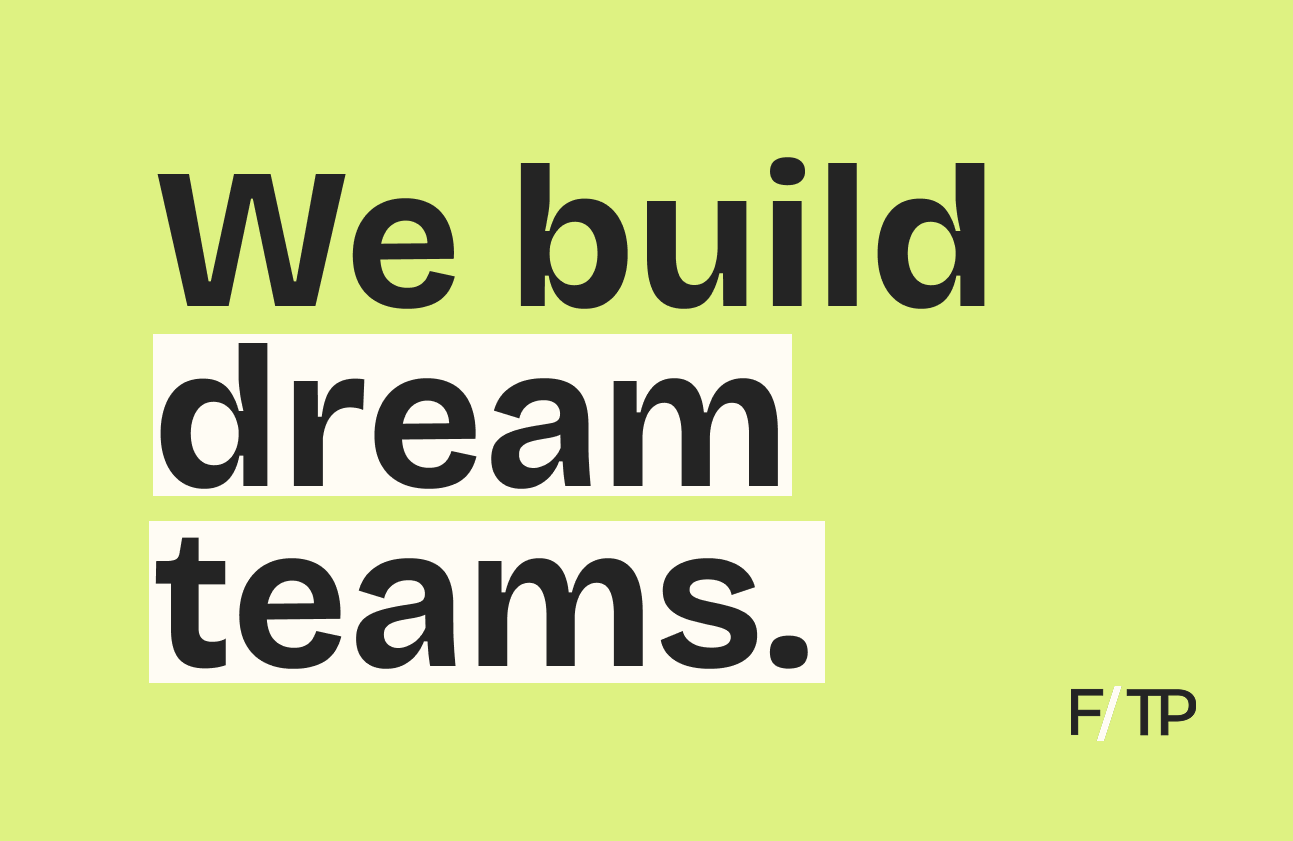At the onset, this week’s newsletter was going to be an optimistic take on the return to gyms and studios. But, as the outline took shape, the outlook soured.
Assessing the Situation
Brick-and-mortar fitness businesses were shuttered for months (many remain closed). Trainers and staff are out of work. Countless gyms and studios will be forced to close for good.
During quarantine, exercise seekers cemented new habits, with large numbers purchasing at-home workout equipment.
As uncertainty runs rampant, a vaccine may be the only path back to full-scale reopenings. The wait will further decimate the industry.
Understandably so, this is where digital and at-home fitness proponents pounce, declaring: “The gym is dead!” That decree is met with an impassioned response from the gym and boutique studio faithful. “Long live the gym!”, they say, believing nothing can replace the in-person experience.
Is COVID the end of the gym as we know it? Let’s take a look.
The Gym is Dead!
By the numbers, the retail fitness industry is among the hardest hit by coronavirus shutdowns.
- US gyms could see $10B of revenue wiped out.
- 25% of US health clubs could close by the end of 2020.
- As of August 2020, US bookings through MINDBODY were down 70% YoY.
- The global industry could shrink to $45B in 2020, down from $85B in 2019.
Making matters worse, numerous surveys say members don’t plan on returning to the gym, even after lockdowns are lifted.
Of course, home workouts aren’t for everyone — especially if space is limited. To that end, thinking about what a gym actually offers, the list looks something like this:
- Equipment and dedicated space
- Instruction and education
- Motivation and accountability
- Shared experience and community
At first glance, the value proposition is clear. Yet, a closer examination reveals a fatal flaw: 3.5/4 bullets can be replicated or improved upon by out-of-gym offerings.
Aside from creating more space, equipment, coaching, and community are increasingly available beyond the four walls of the gym. Going a step further, digital options provide a level of convenience and personalization unrivaled by gyms.
Similarly, the concept of community is evolving. No longer limited by class size or location, folks are connecting with and competing against friends the world over.
Seismic Shifts
Personal preference aside, a host of broader economic and societal shifts threaten to reshape daily life.
Amid COVID, eCommerce, remote work, and online education have surged. To think that fitness is immune to this shift is ignorant. Especially when considering the factors at play.
City dwellers are fleeing to suburbia and beyond. Companies large and small are working from home indefinitely. Jobless rates remain high. And the risk of a recession looms.
New York and San Francisco were hubs for the SoulCycles and Barry’s Bootcamps of the world. If cities see a decline in population or workers aren’t commuting in, memberships could fall off.
Plus, shelling out $40 a class adds up. Amortized out, Peloton or Tonal might be more affordable than a boutique fitness habit. For example, a recent Tempo convert told the New York Times, they were spending $10,000 a year at Barry’s. In this case, switching to connected fitness amounted to big savings.
Status signaling also plays a role. The gym selfie was a strong flex. Being spotted at Equinox or the smoothie shop post-CorePower was cool. But, depending on your social circle, venturing out might be frowned upon. For now, the Peloton selfie or Strava screenshot is the new cool.
Another consideration, personal trainers and fitness instructors have taken their talents online.
As we detailed in The Rise of the Fitness Creator, trainers are unbundling from the gym. Armed with new digital tools, fitness professionals can scale themselves, earning more money in less time than in-person training. In a blow to the industry, gyms may reopen, but the most talented trainers won’t be back.
Long Live the Gym!
Logically, the arguments pointing to the death of gyms add up. But logic alone doesn’t tell the whole story.
Over the weekend, in response to social posts on this very topic, the consensus was some version of “nothing can replace the in-person experience.”
Whether or not that holds true for a masked, socially distant experience is yet to be seen. But, assuming they can survive operating below capacity, and barring another wave of shutdowns, a version of the gym will live on. What form it takes and whether or not it thrives in a new world is the real question.
Short of trying to predict the future, the restaurant and retail industries could serve as good proxies.
Like gyms, mom-and-pop restaurants probably won’t weather the storm. But well-capitalized brand names can reinvent themself. From touchless ordering and pick-up windows to loyalty programs and ghost kitchens, dining in can’t be the only option.
Retailers have taken a similar approach. eCommerce is table stakes. Curbside pick-up, pop-up shops, expedited shipping, recurring subscriptions, and members-only pricing/offers have become commonplace.
Applied to the fitness space, omnichannel or hybrid offerings are the obvious response.
Trouble is, this concept is foreign to most fitness operators. Digital isn’t their core competency. Worse, an affordable online offering undercuts premium-priced gyms and studios. And their venture-backed competitors have coffers filled with cheap capital. The fact that many gyms are saddled with debt and long-term leases further complicates matters.
Forging ahead, perfecting the in-person experience will be vital. More than a buzzword, community will be critical. Like eCommerce, a digital offering will be mandatory. And it’s possible to create a lock-in by bundling memberships with deals on branded apparel, equipment, supplements, or meal delivery services like Daily Harvest.
The trick will be outmaneuvering digital-first players—think lululemon x Mirror—who also envision an omnichannel future.
For now, keeping the lights on remains mission-critical. Fingers crossed demand rebounds as the pandemic subsides.
🚫 Sidelined
In the early days of quarantine, inactivity among kids raised a red flag. With schools closed and sports canceled, obesity rates were expected to surge.
Months on, solutions are far from certain. As the debate about reopening schools persists, youth sports has become a hot topic.
- This spring, more than 36M US athletes ages 6 to 17 were sidelined.
- Parents said their child’s time spent on sports fell by nearly 50% after the pandemic started.
- 1 in 5 parents say that since the shutdown, their child has lost interest in playing sports again.
Zooming out: Coronavirus threatens to accelerate the demise of youth sports.
“It is worth noting that COVID-19-related restrictions may be further widening the gap between those without access to free play, organized training, and competitive opportunities.” – Dr. Jordan Blazo, assistant professor at Louisiana Tech University
In 2008, 45% of kids between ages 6 and 12 participated in youth sports. In 2018, that number dropped to 38%. Meanwhile, the pay-to-play youth sports sector ballooned to $20B in value, putting it on par with the $15B NFL.
Going virtual: While some leagues are turning to virtual skill-building tools like HomeCourt, Famer, and Techne Futbol, in addition to online team meetings, the future of youth sports remains uncertain.
Punchline: The Aspen Institute’s Project Play is calling for a “reset”, prioritizing a free play model. Reset or not, it’s time to rethink sports and physical activity among kids if we hope to curb childhood obesity.
⚖️ Winners and Losers
A callback to our feature story, the fallout from gym closures continues.
On the edge: Following in the footsteps of Gold’s Gym, 24 Hour Fitness, and others, Town Sports International, owners of the New York Sports Clubs chain, said it may need to file for bankruptcy in the near future.
Adding to the chain’s struggles, members were displeased when Town Sports billed them for September’s dues despite limited operating hours and reduced capacity. Back in March, Town Sports was sued for charging membership fees even after facilities closed.
Mixed results: While gyms in the UK, Europe, and Australia appear to be bouncing back to pre-pandemic levels, Hong Kong’s fitness industry is hurting. Recently given the go-ahead to reopen, 85 out of 100 gyms surveyed say they won’t survive, with one operator remarking, “We’re dead in the water.”
Elsewhere, in India, Cure.fit co-founder Ankit Gupta said gyms will never be the same. The company, which operates 130 locations across India in addition to its online platform, is said to be considering a digital-only business model after sizable layoffs earlier this spring.
Pulling ahead: Fueled by the shift to at-home workouts, Peloton announced new additions to its product line.
With a rotating screen, the new Peloton Bike+ will retail for $2,495. The original Peloton Bike now costs $1,895. The bike category also gets a boost from new programming called Bike Bootcamp.
At $2,485, the new Peloton Tread is a more-affordable version of the existing Tread+, which will remain $4,285.
With its Q4 earnings call around the corner, expect Peloton to have a breakout quarter.
📰 News & Notes
- Peloton’s path from idea to IPO.
- Do wellness drinks do anything?
- Everlast is going beyond boxing.
- NOBULL launches indoor cycling shoes.
- Your burning fitness questions answered by AI.
- A revolution in senior care. [Reread: The Senior Care Crisis]
💰 Money Moves
- COMPASS Pathways, a mental healthcare company developing the psychedelic psilocybin for clinical use, filed to go public. More from Fitt Insider: Psychedelic Wellness
- Consumer goods conglomerate Unilever acquired Liquid I.V., makers of an electrolyte drink, for an undisclosed sum.
- Carewell raised $5M in seed funding to scale its DTC home health product business for caregivers. More from Fitt Insider: The DTC Healthcare Report
- Better-for-you snack company Quinn raised $3M in a Series D round.
- Silk + Sonder, a mental wellness app for women, raised $3.6M in seed funding. More from Fitt Insider: Confronting The Growing Mental Health Crisis
- Snack food company PeaTos, creator of a pea-based snack resembling Cheetos, secured $7M in funding.
- Cuure, a Paris-based supplement subscription service, secured €1.8M ($2.1M) in new funding.
- Mustard, a healthtech company using AI for athletic coaching, secured $1.7M in a funding round financed by Shasta Ventures, Nolan Ryan, Drew Brees, and others.
- Beijing-based alt-meat company Vesta Food Lab raised $2.3M in a funding round to scale its mushroom-based protein products. More from Fitt Insider: Meat vs. “Meat”
- Plant-based snack brand Spudsy, makers of flavored sweet potato puffs, closed a $2M funding round.
- Finnish foodtech company Solar Foods added €15 million ($17.8 million) to its Series A to further develop Solein, an edible protein created with carbon dioxide and bacteria.






